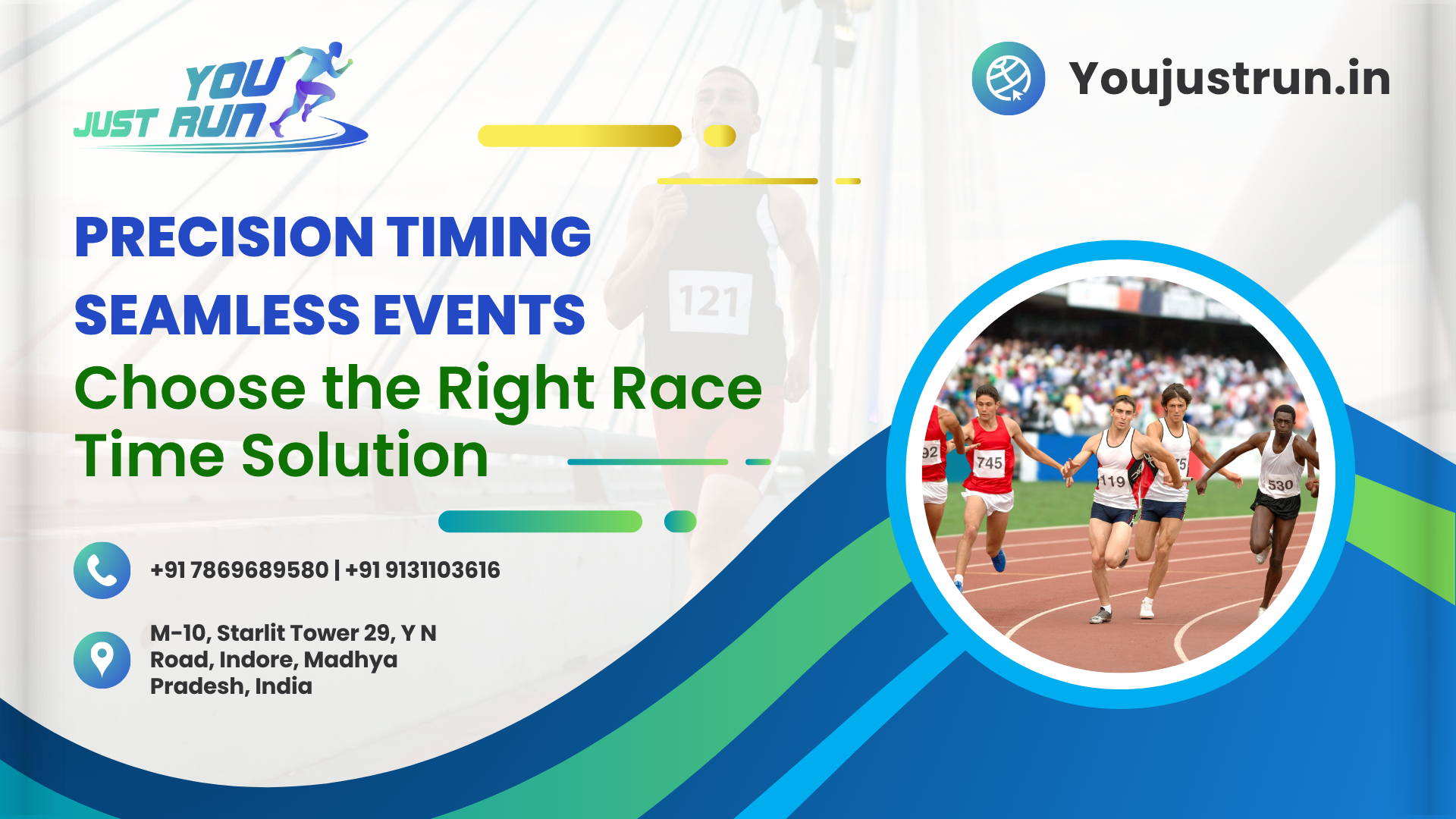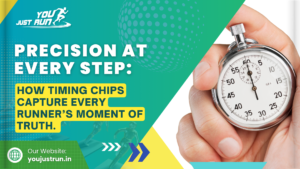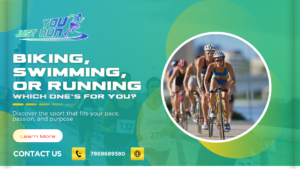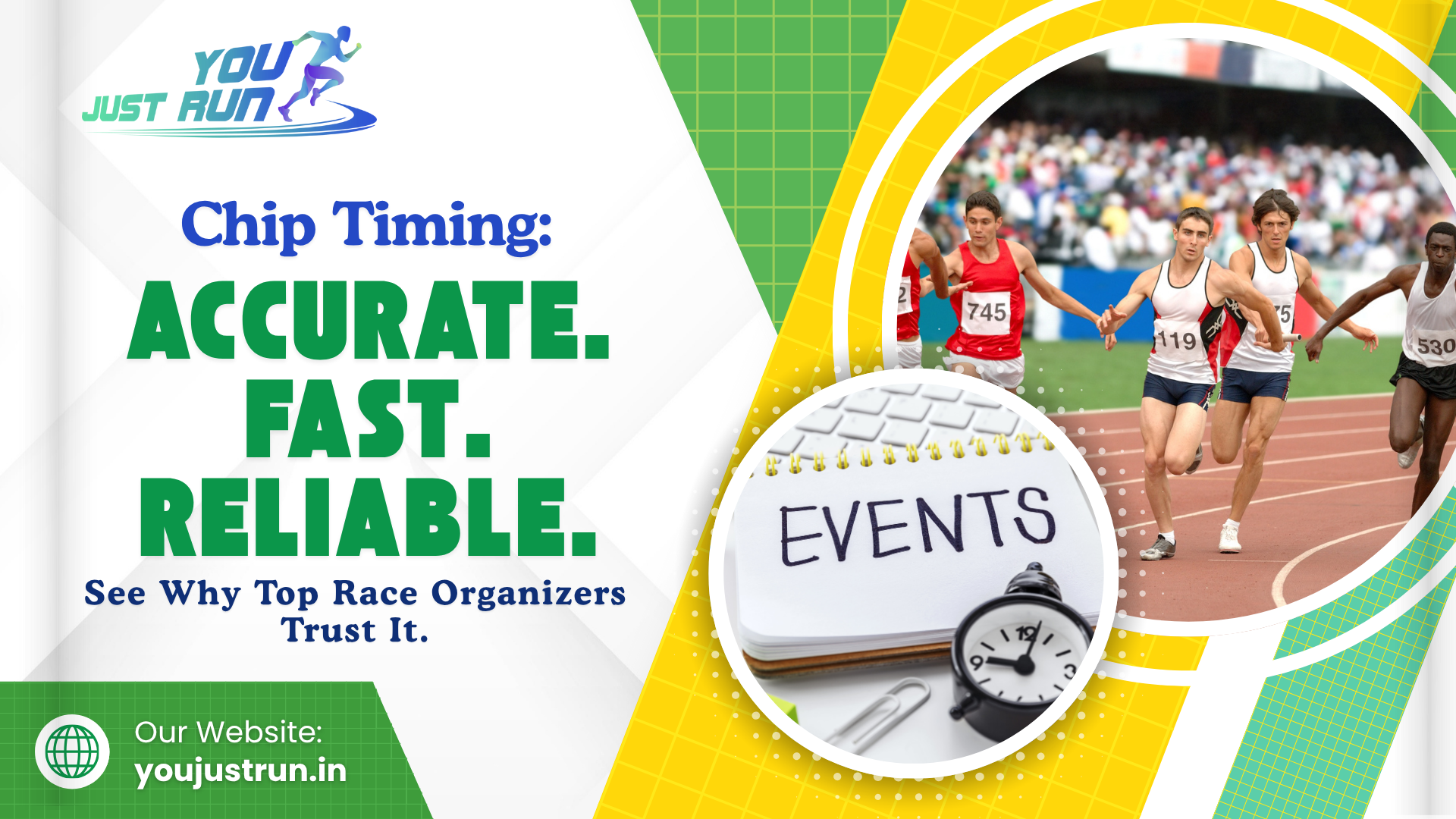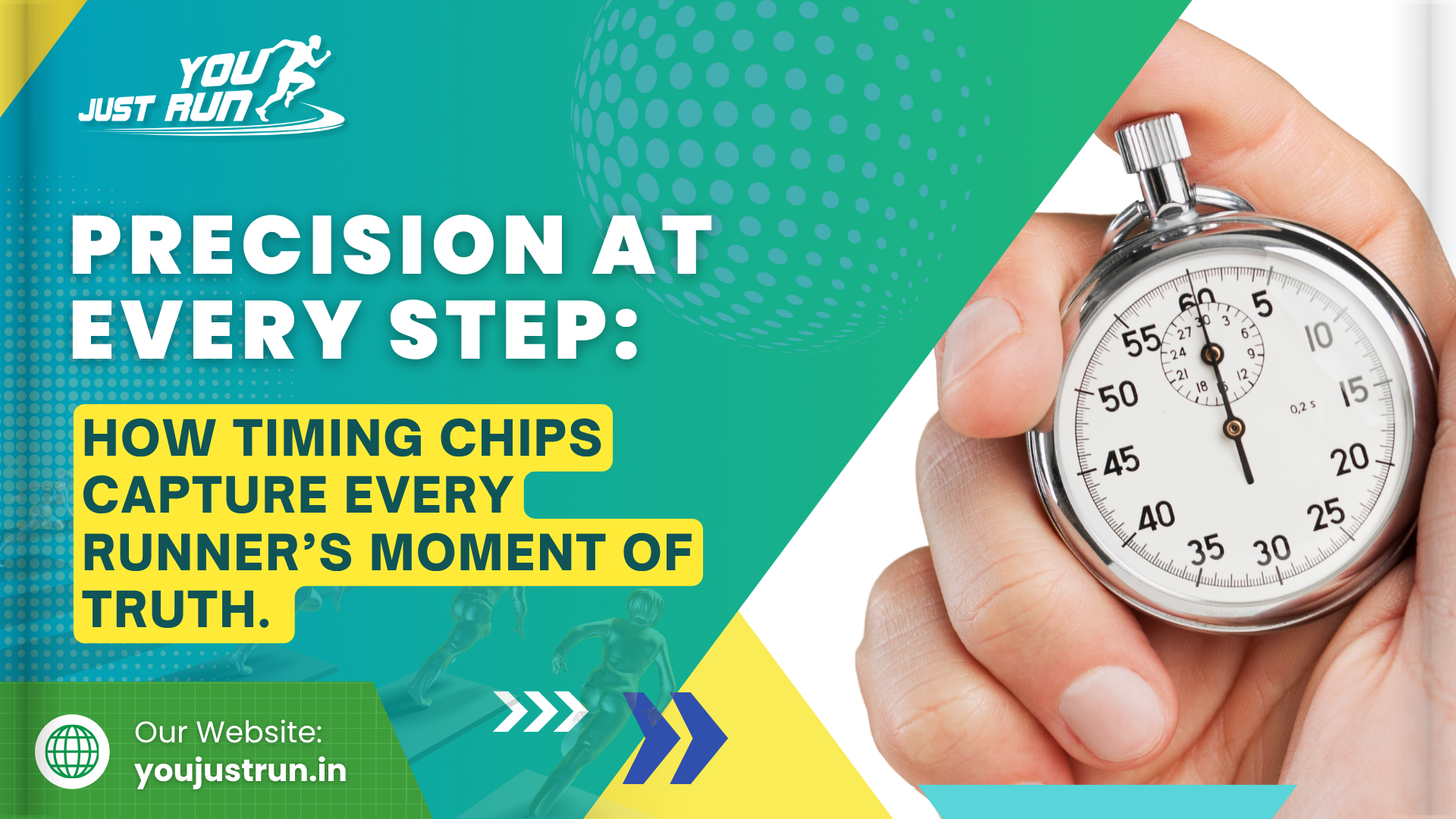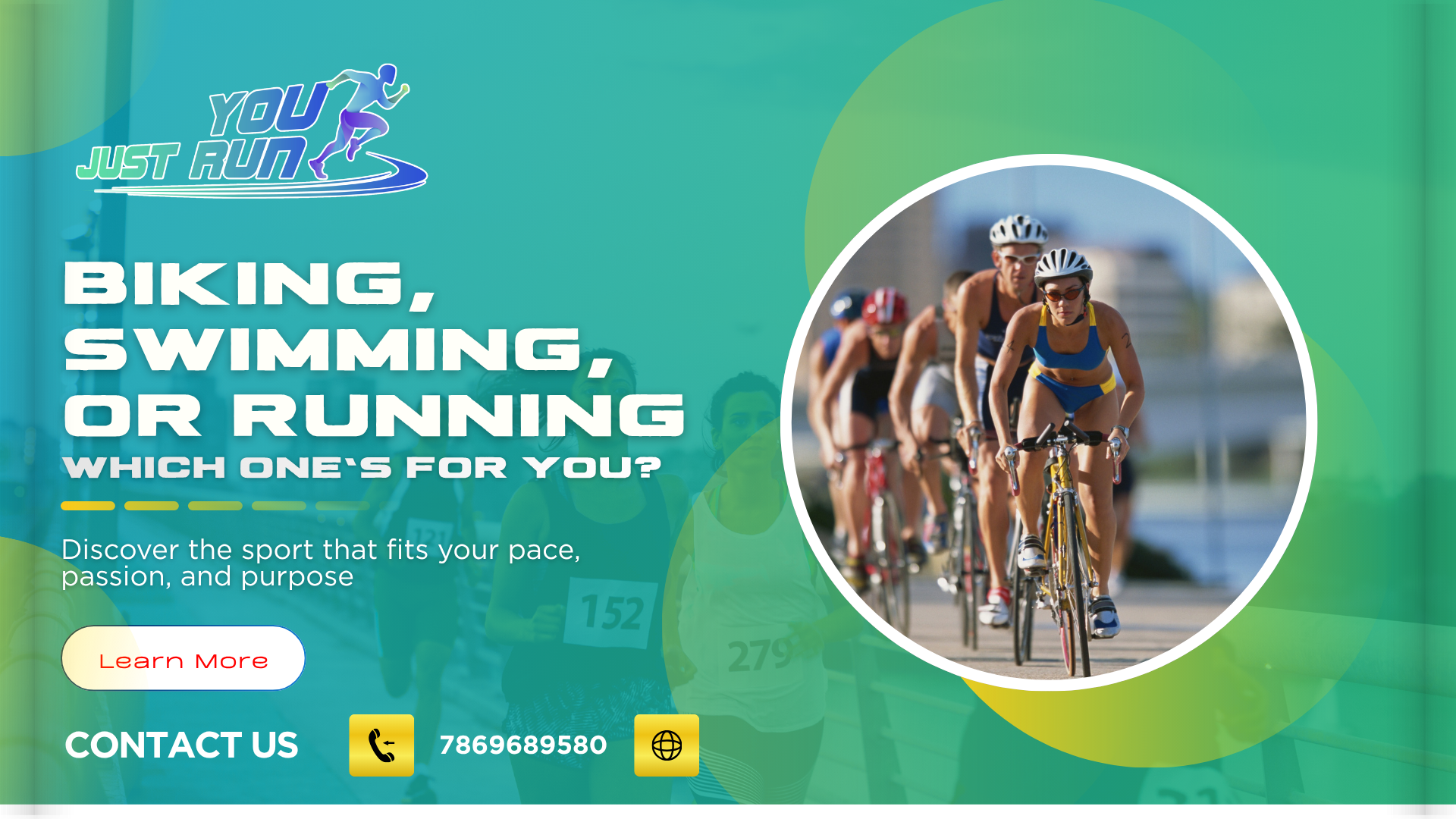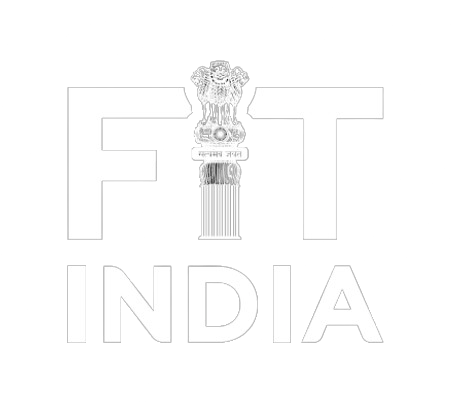Paying for a race is not only about sponsorship and mapping out a racecourse; it is about giving all your participants a memorable experience. And one of the vital components of that experience? Accurate, reliable, and efficient timing.
Your Race Time Solution is the basis of participant confidence and your event’s credibility. With proper timing systems, no matter if you are hosting a local 5K, a major event Marathon, or a Triathlon, you can ensure that your results are accurate, accessible, and reputable.
However, with everything from RFID chips to bib-based solutions, to smartphone apps, how do you find the right race timing solution for your event?
This guide will do just that: it gives an overview of the main types of event timing systems, their advantages, drawbacks, and best uses, to allow you to make an informed decision when selecting a timing solution. This will not only create fan engagement but have the potential of returning athletes every year.
Why Your Race Time Solution Matters
In competitive running and endurance events, timing matters. Athletes expect not only to achieve a personal record, but they expect to have a legitimate, shareable time too. A poor timing experience will come at a cost:
1.Complaints and refunds
2.Lack of confidence in the event brand
3.A depreciated sponsorship value
4.Lower registrations in subsequent years
5.Conversely, when you have a professional, smooth timing experience:
6.Increased participant satisfaction
7.Better reputation for your event
8.More sponsors and media
9.Increased repeat participation
Choosing the right race timing solution is an investment in the success of your event.
RFID Chip Timing Systems
Each athlete wears a chip—most often inside a bib, shoe tag, or wristband—that talks to antennas at timing mats or gates.
Pros:
Extremely precise (usually to the millisecond)
Large events with thousands of participants can be scaled
Multiple split points (start, finish, checkpoints) can be handled
Real-time tracking can be done with advanced systems
Disadvantages:
More initial investment in equipment and setup
Needs trained staff to handle hardware
Runners need to remember to wear the chip correctly
Best For:
Marathons and half marathons
Triathlons and adventure races
Large competitive events where precision is paramount
Bib-Based Barcode or QR Code Timing
Every race bib has a special barcode or QR code read manually or with a mobile app at the finish line.
Pros:
Affordable for low-profile events
Simple to deploy—no sophisticated equipment
Low setup time
Cons:
Slower, as finishers will form a line to be scanned
Less precise (human scanning mistake, congestion)
Not suitable for high-volume, competitive events
Best For:
Fun runs and charity runs
Small neighborhood 5Ks
Walkathons with relaxed attendees3. App-Based GPS Timing Solutions
App-Based GPS Timing Solutions
Athletes use a smartphone application to mark and report their race time, commonly with GPS confirmation.
Pros:
– Very scalable and inexpensive
– Best suited for virtual or hybrid events
– Don’t have to lay out timing mats
– Real-time leaderboard capabilities
Cons:
– Dependent on participant phone and battery life
– GPS inaccuracies in specific locations
– Less controlled and auditable for competitive face-to-face races
Best for:
– Virtual events
– Hybrid events that have remote participation
– Community fitness challenges
Manual Stopwatch or Spreadsheet Timing
Your staff or volunteers write finish time with stopwatches and spreadsheets.
Pros:
– Extremely low cost
– Easy for small events
Cons:
– Least accurate, particularly for photo finishes
– Very susceptible to human error
– Not scalable
Best For:
School field days
Extremely small local club runs
Key Factors to Consider When Choosing Your Event Timing System
Picking the right race time solution isn’t a matter of purchasing the glitziest system—it’s about serving your event’s individual needs. Here are key factors to inform your decision:
Event Size: Big events can take advantage of RFID’s automation and precision, whereas small races can economize with bib scanning.
Budget: Sacrifice some cost for participant expectations. Cheaping out on timing can hurt your brand.
Participant Experience: Reduce lines, delays, and confusion. Smooth finish-line operations translate to increased positive reviews and repeat signups.
Data Integration: Seek integration with your registration, results publishing, and event apps for smooth use.
Staff Proficiency: Some products require trained timing teams. Think about training, support, or outsourcing some part of the job.
Final Thoughts
Your timing system is not simply a logistical tick-box – it’s part of your brand promise. It says to participants that you respect their effort and value their experience.
By selecting the ideal race time solution, you earn credibility, loyalty, and a reputation for presenting top-notch events that athletes can rely on.
Whether you’re working with a local 5K or city marathon, an investment in the optimal event timing system is worth it in happier runners, more robust sponsor interest, and a more long-term event years down the line.

